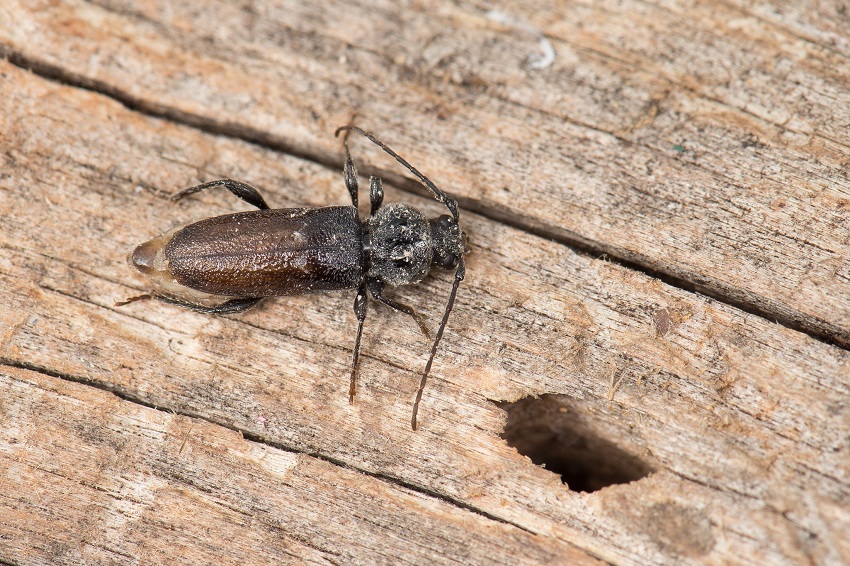
New Restricted Movement Zones have been announced by the Department of Primary Industries and Regional Development (DPIRD) to contain the spread of the serious pest of pinewood, European house borer.
Not to be confused with the discovery of the exotic pest Polyphagous shot hole borer in Perth’s south, European house borer affects only dead, dry softwood timber, like pine, fir and spruce, and has been present in Western Australia for 17 years.
Two new Restricted Movement Zones for European house borer have been added in the Shire of Gingin in the localities of Nilgen and Muckenburra, one in the Shire of Waroona in the locality of Hamel and another in the Shire of Brookton.
The new zones are in addition to 31 Restricted Movement Zones already established across the greater Perth area.
The movement of pinewood in restricted zones is regulated due to proximity to European house borer-infested material and plays an important role in reducing the spread of the pest.
To find out if a property is in a zone and for more information visit the DPIRD website or call its Pest and Disease Information Service.
Left uncontrolled, European house borer can potentially cause structural damage to homes and restricts the interstate trade of pine products or items on pine pallets.
DPIRD has an ongoing program to contain the pest and support the State’s area freedom status, outside the Restricted Movement Zones.
This includes surveillance across 7000 locations over 17,000 square kilometres from Lancelin to Harvey, facilitating disinfestation treatments and stakeholder engagement.
Department technical area coordinator Jenny Crisp called on the public to support the department’s efforts by monitoring their property and surrounding areas and reporting any suspect observations during the current flight season.
“The community plays an important role in the first line of defence to detect the potential presence of biosecurity pests, such as European house borer,” she said.
“In Western Australia, the pest is mainly found in seasoned pine wood, including dead pine trees, logs and stumps and dead parts of living pine trees, as well as untreated pine timber and furniture.
“Look for oval shaped exit holes, which are five to 10 millimetres long that run with the wood grain.
“The adult beetles are brownish-black, eight to 25mm long, with antennae half as long as their body and can be found resting on surfaces, such as a wall.
“The larvae are a creamy colour, with a rippled body and enlarged head, which can be found inside pinewood tunnels or galleries.”
The department recommends keeping properties clear of dead pinewood and exposed untreated pine timber that might attract the pest and checking eaves for gaps that might allow a flying borer beetle access to roof space to lay eggs.
For more information and details about the Restricted Movement Zones for European house borer and what to look for visit www.agric.wa.gov.au/ehb
Report an suspect observations of European house borer to the department via the MyPestGuide® Reporter app or to its Pest and Disease Information Service on +61 (0)8 9368 3080, email padis@dpird.wa.gov.au
Picture caption: Stop the spread of the serious pest European house borer and report sightings of tunnelling or exit holes to DPIRD.
Media contacts:
Megan Broad/Katrina Bowers, media liaison +61 (0)8 9368 3937


